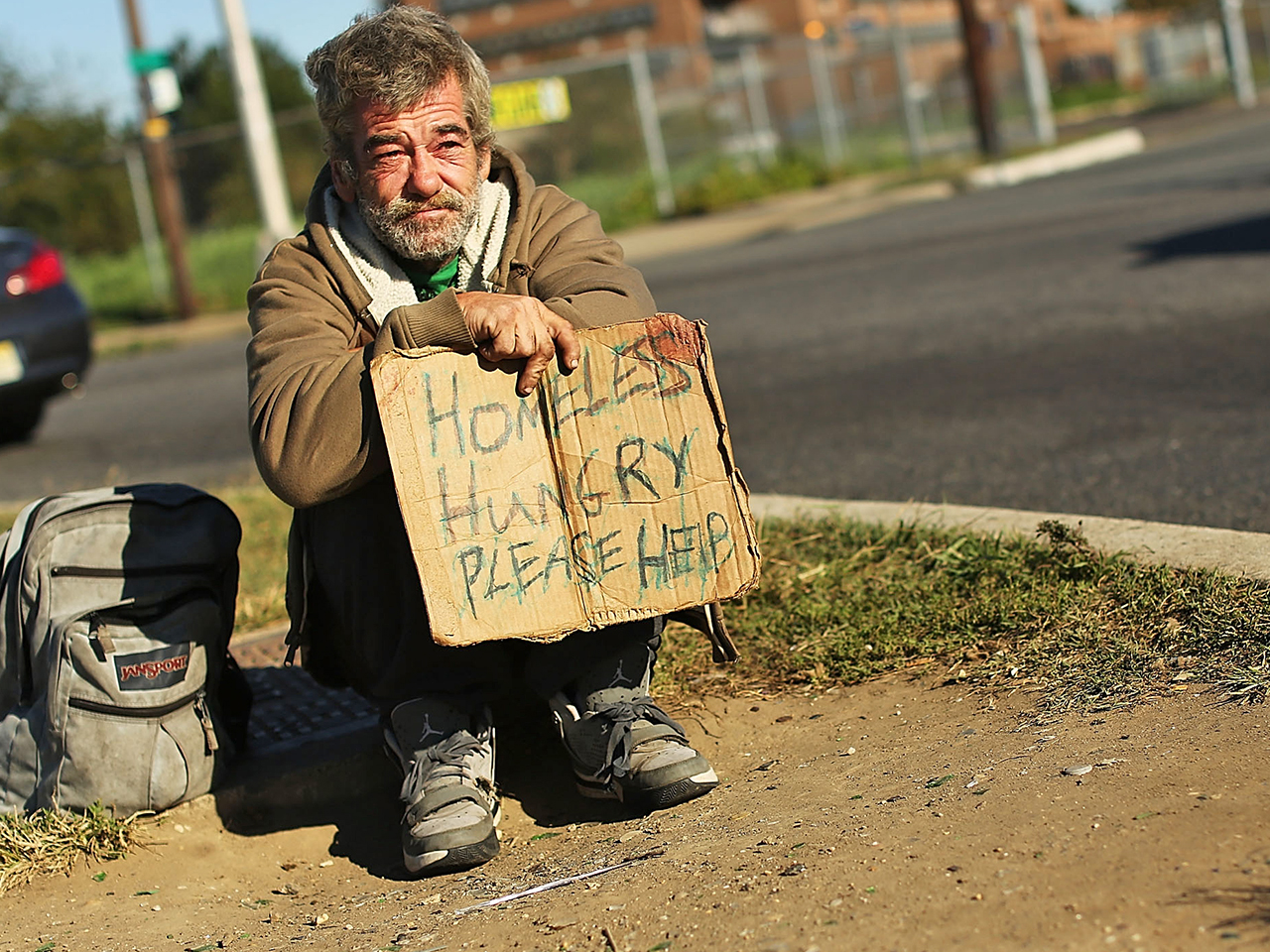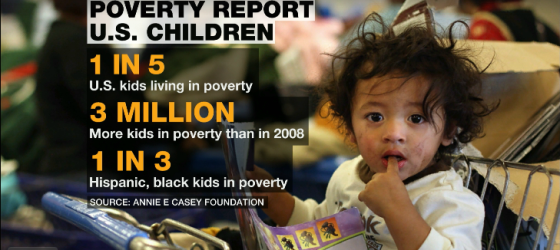IMF Voices Concerns
The International Monetary Fund (IMF) has expressed its concerns to the United States over poverty levels and rising inequality in the country. The IMF believes that poverty represents a drag on the country’s economic potential.
The IMF has reduced its forecast for US economic growth this year to 2.2 percent down from 2.4 percent forecast at the start of the year. The IMF did this because it believes that slower global growth overall and a contraction in the energy industry due to depressed oil prices combined with reduced growth in domestic consumer spending in the US will hit economic growth.
The IMF believes that the economy is in relatively “good shape” generally and is growing faster than other leading advanced economies. Unemployment has dipped to a nine year low and inflation is in check. The IMF believes the US economy is demonstrating resilience in spite of market volatility and a dollar which is strengthening and reducing the competitiveness of US exports.
Despite the upbeat message from the IMF it did express a cautionary note. THE IMF is concerned at the worrying levels of poverty. The IMF called for action to be taken to combat poverty and inequality before it stifled continuing growth.
The IMF highlighted key trends which could damage the US economy. The US population is ageing, and there is a surge of baby-boomers approaching retirement. In addition, productivity in the US is stalling partly due to a lack of investment in workers and physical capital. Furthermore, the IMF is concerned that the growth in inequality and the persistence of high levels of poverty could exacerbate these trends.
The statistics are concerning. More than 46.7 million Americans (one in seven of people living in the US) are living in poverty. Twenty per cent of the children living in the US, do so in poverty. While the rich are getting richer the working Americans’ share of all income has fallen by five percent over the last 15 years. Middle class America is the smallest it has been over the last three decades.
Polarising income distribution has, according to the IMF, effectively cut consumer demand by 3.5 percent since. Christine Lagarde, the IMF Managing Director believes that this trend will damage the economy further in the future. The consequences of growing inequality are that social divisions increase. The potential for social unrest increases. Inequality also affects labour force participation. Inequality also affects investment in education and this has a knock-on effect on the quality of the labour force. In addition, it also limits the ability to improve health outcomes.
To reverse these trends the IMF has urged the United States to invest more in education and infrastructure, and to increase support for the poorest via tax reforms, increasing the minimum wage, and improvements to social programmes such as childcare which could help the poor find and retain jobs.
Follow this link for a cool presentation: – https://www.emaze.com/@AOICRRLL/poverty-in-the-us

CAMDEN, NJ – OCTOBER 11: A homeless man named Bob waits for donations from passing motorists on October 11, 2012 in Camden, New Jersey. According to the U.S. Census Bureau, Camden, New Jersey is now the most impoverished city in the United States with nearly 32,000 of Camden’s residents living below the poverty line. Camden, which sits just over the bridge from more affluent Philadelphia, also has a chronic crime problem with 48 recorded homicides this year alone. A lack of jobs has been a feature of life in Camden since the city lost most of its manufacturing base in the late 60’s and 1970’s. While the state unemployment rate is about 9.9 percent, Camden’s is estimated at 19 percent. (Photo by Spencer Platt/Getty Images)

